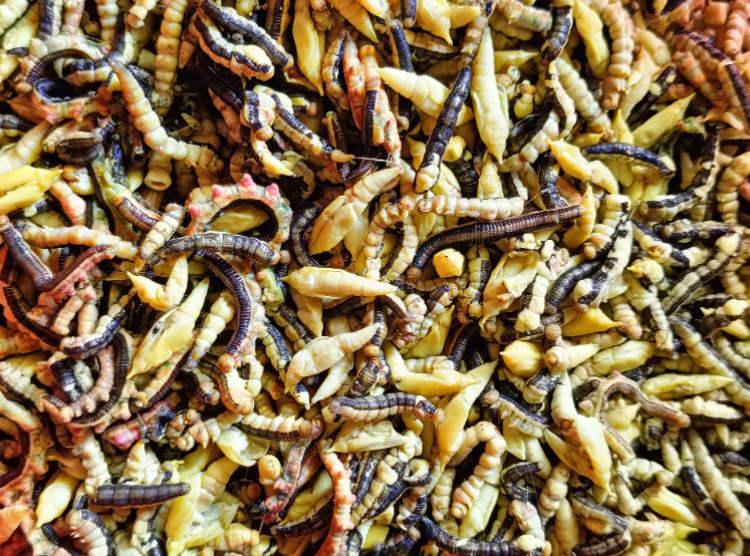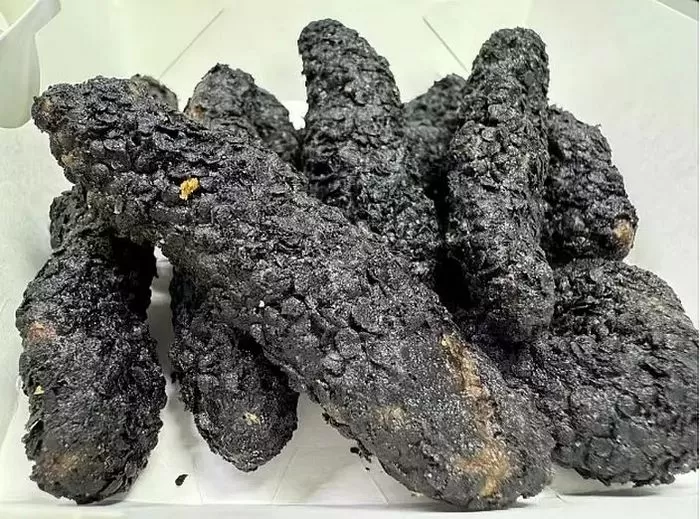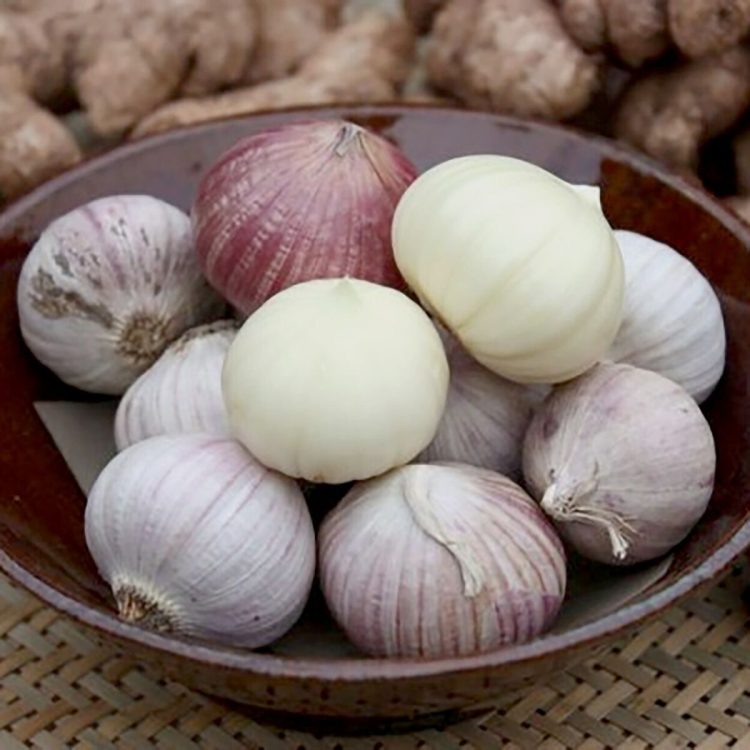Throughout my childhood I wondered why fruits and vegetables don’t taste as good as chocolate, not knowing that one actually did: the black sapote. It’s probably the only fruit in the world that comes close to tasting like heaven. Or chocolate pudding. Same thing in my book.
The black sapote doesn’t just taste nice, it’s a dieter’s dream-come-true. Don’t let the name and delicious appearance of this fruit fool you, it is actually very low in fat. It also contains four times the vitamin C found in a single orange, and significant amounts of Calcium and Phosphorus. Interestingly, the black sapote isn’t really a sapote at all. The delicious fruit is a close relative of the persimmon, a fruit that greatly resembles a tomato. While persimmons are red, black sapotes (as the name suggests) are chocolaty dark black on the inside. The sticky texture of the fruit might put you off at first, but the unique flavor of a ripe black sapote is absolutely worth it.
Photo: Small Town Chuttney
The thin, firm rind of the sapote is shiny and dark green. Break it open and the rich, dark brown flesh is revealed, custard-like in consistency. Completely ripened sapotes might be ugly brown all over. But don’t be fooled, the taste is still divine – a sweet, mild, nutty flavor with a hint of coffee/cocoa that won the fruit its popular nicknames, “dieters’ chocolate”, and “chocolate pudding fruit”. Here’s a handy tip, though: stay away from the unripe black sapotes, they’re almost inedible.
Photo: Critical Miami
Black sapotes are about two to four inches in diameter and soft when ripe. They grow on lovely trees with shiny dark green leaves and black barks that reach up to 60 foot in height. Native to Mexico and Central America, the trees produce fruit fast – in just three to four years of planting. But they aren’t strictly tropical – they flower and produce fruit even at elevations of 5,000 to 6,000 ft. They also do quite well in most soil conditions.
Photo: Yonathan Galler
The fruits are mostly seedless, but sometimes they may contain 5 or 6 penny-sized oval seeds. And if you want to pick up a few seeds to plant in your garden, you need to look directly on the ground under the tree. The trees produce both male and female flowers, so one tree should yield a good crop of fruit. But here’s the trick – you have to know exactly when to pick black sapotes. If it’s done at the wrong time, they will never ripen and will rot in about three weeks. If you wait too long, you might never get to enjoy the fruits because the birds will get to them before you. Experienced pickers will examine each fruit for its maturity, before deciding when it’s time. Once picked, a fruit should be ready to eat in two to ten days.
Photo: Polynesian Produce Stand
To enjoy a black sapote, all you need to do is cut one, twist it into halves (like an avocado), and take out great chunks with a spoon. You can eat the flesh plain, with ice cream on the side, or blend it with milk, cream or ice-cream to really bring out that chocolaty goodness. It’s also a popular ingredient for dessrts. I came across quite a few – black sapote pudding with a banana and coconut milk garnish, black sapote mousse, ‘instant’ raw chocolate pudding, cake, and even black sapote liquor. They might sound weird, but the people who put out these recipes swear that the combinations are to-die-for.
Sources: Kamu Aina Farm, Foodie Num Num

















